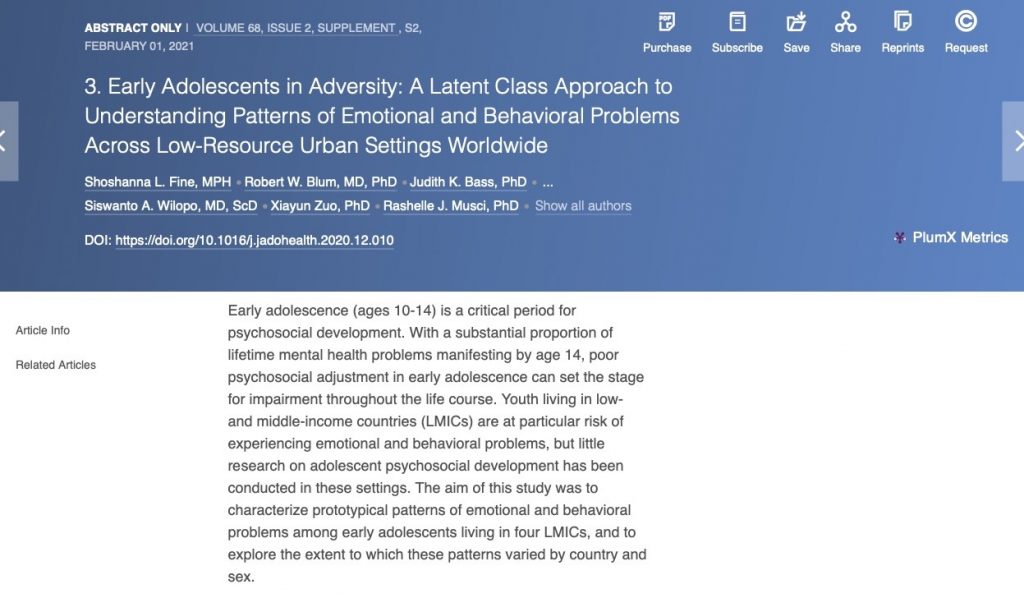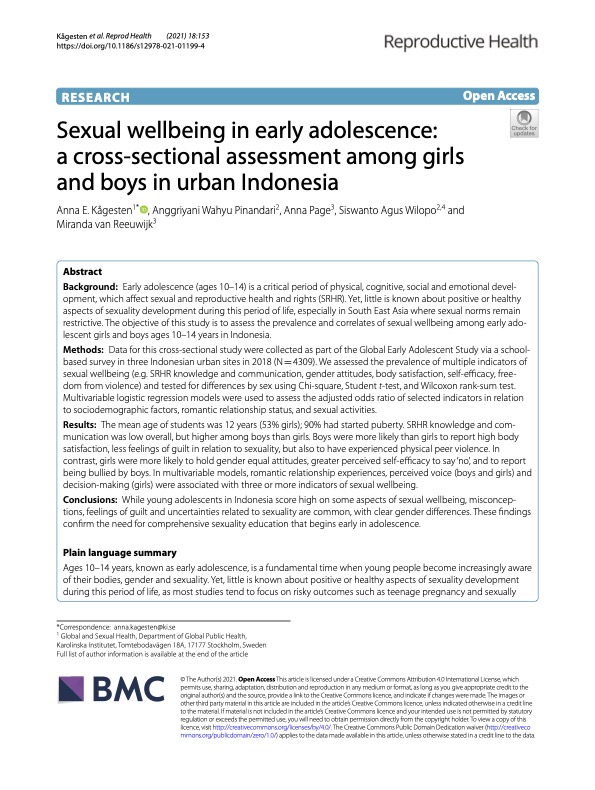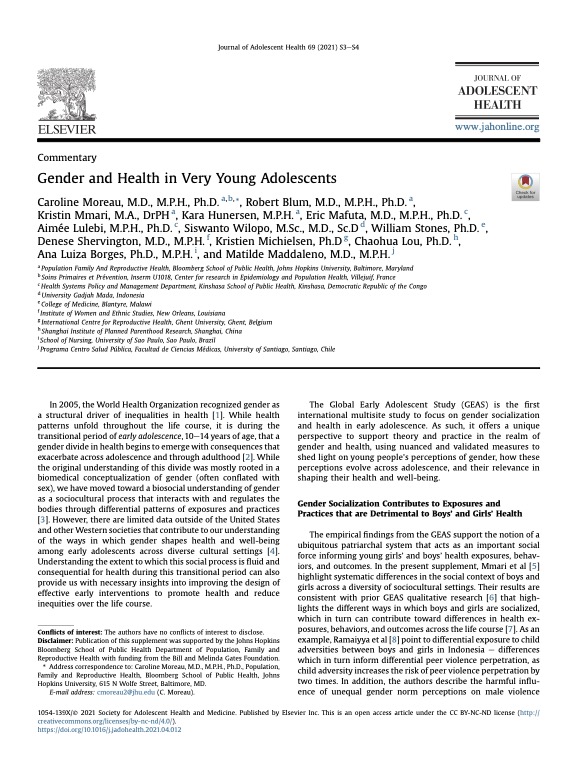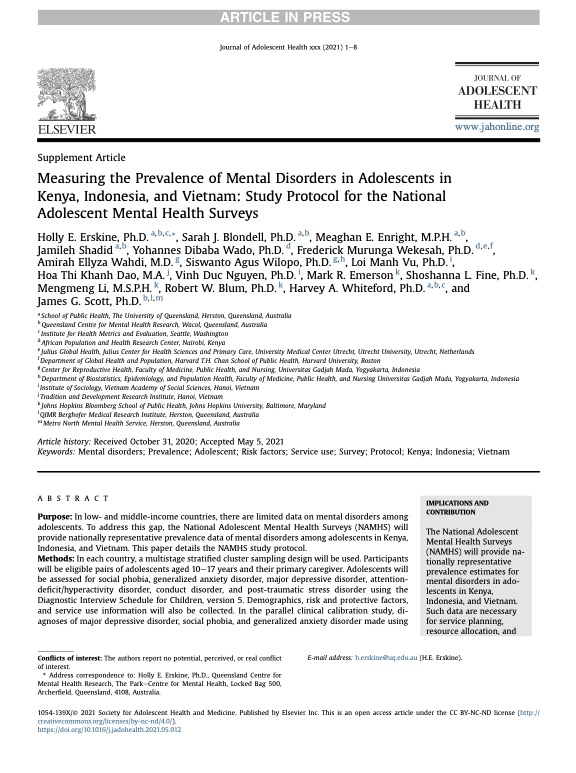Progress towards reducing sociodemographic disparities in breastfeeding outcomes in Indonesia: a trend analysis from 2002 to 2017

Nurmala Selly Saputri, Belinda Rina Marie Spagnoletti, Alison Morgan, Siswanto Agus Wilopo, Ankur Singh, Barbara McPake, Rifat Atun, Rika Kumala Dewi, John Tayu Lee
Progress towards reducing sociodemographic disparities in breastfeeding outcomes in Indonesia: a trend analysis from 2002 to 2017
- JURNAL
Background: Improving breastfeeding practice is important for reducing child health inequalities and achieving several Sustainable Development Goals. Indonesia has enacted legislation to promote optimal breastfeeding practices in recent years. We examined breastfeeding practices among Indonesian women from 2002 to 2017, comparing trends within and across sociodemographic subgroups. Methods: Data from four waves of the Indonesia Demographic and Health Surveys were used to estimate changes in breastfeeding practices among women from selected sociodemographic groups over time. We examined three breastfeeding outcomes: (1) early initiation of breastfeeding; (2) exclusive breastfeeding; and (3) continued breastfeeding at 1 year. Multivariate logistic regression was used to assess changes in time trends of each outcome across population groups. Results: The proportion of women reporting early initiation of breastfeeding and exclusive breastfeeding increased significantly between 2002 to 2017 (p < 0.05), with larger increases among women who: were from higher wealth quintiles; worked in professional sectors; and lived in Java and Bali. However, 42.7% of women reported not undertaking early initiation of breastfeeding, and 48.9% of women reported not undertaking exclusive breastfeeding in 2017. Women who were employees had lower exclusive breastfeeding prevalence, compared to unemployed or self-employed women. Women in Java and Bali had higher increase in early initiation of breastfeeding and exclusive breastfeeding compared to women in Sumatra. We did not find statistically significant decline in continued breastfeeding at 1 year over time for the overall population, except among women who: were from the second poorest wealth quintile; lived in rural areas; did not have a health facility birth; and lived in Kalimantan and Sulawesi (p < 0.05)







